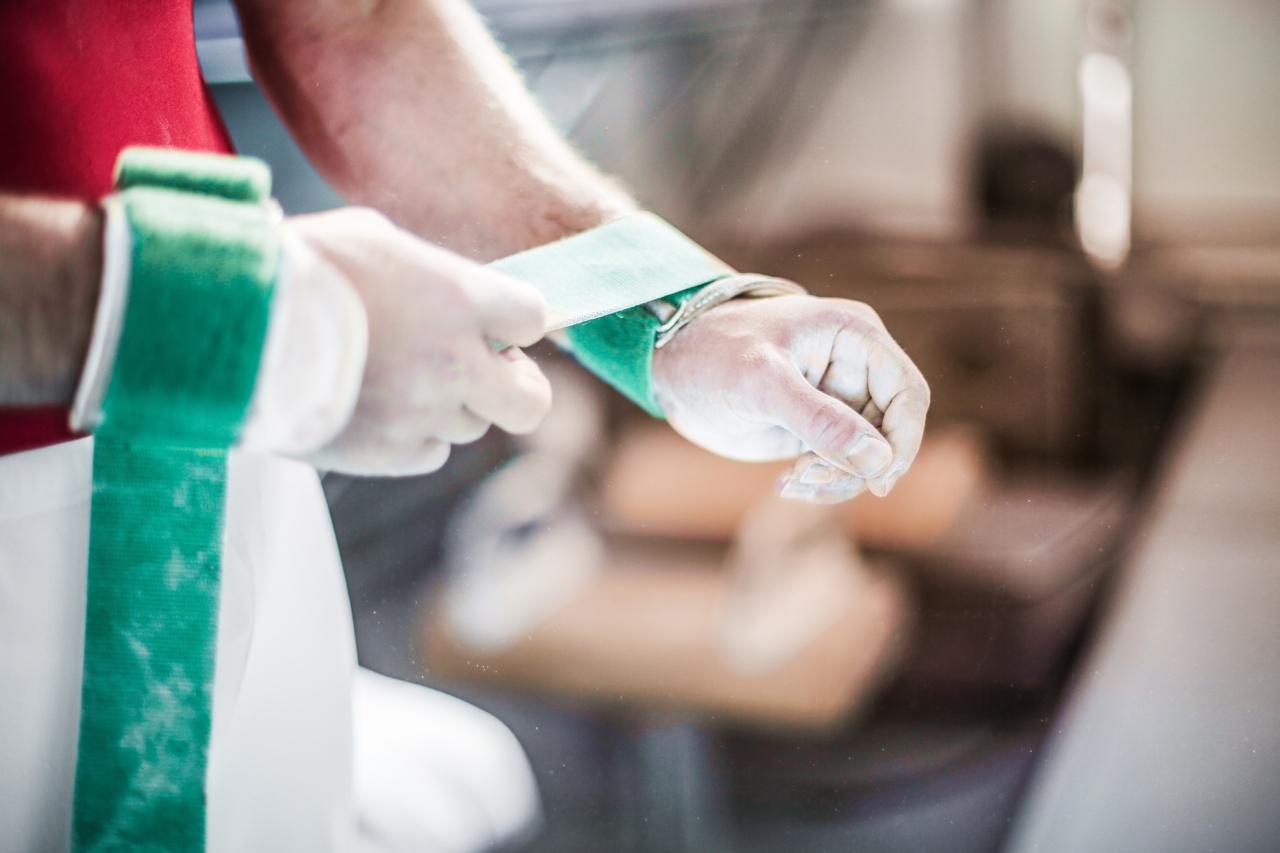Sterilization, also known as spaying or neutering, is a common practice among pet owners to control pet populations and address various health concerns.
While it offers numerous benefits, there are several myths surrounding sterilization in dogs that have led to misinformation and misconceptions among pet owners. One prevailing myth suggests that sterilization leads to weight gain in dogs. In this article, we will debunk this myth and shed light on the relationship between sterilization and weight gain in dogs.
Understanding Sterilization
Sterilization is a surgical procedure performed on dogs that involves removing their reproductive organs.
In females, the procedure is called spaying, which involves removing the ovaries and uterus, while in males, it is known as neutering, which involves removing the testicles. The primary purpose of sterilization is to prevent unwanted pregnancies, eliminate certain behaviors, and reduce the risk of certain diseases.
The Myth of Weight Gain
One of the most widespread myths surrounding sterilization in dogs is that the procedure leads to substantial weight gain. Many pet owners hesitate to have their dogs sterilized due to this concern.
However, the notion that sterilization directly causes weight gain is a misconception that needs to be addressed.
Factors Influencing Weight Gain
Weight gain in dogs can be influenced by several factors, including genetics, age, diet, and physical activity. Sterilization itself, when performed correctly, does not cause weight gain in dogs.
However, there are certain indirect factors that may contribute to weight gain in sterilized dogs:.
Changes in Metabolism
After sterilization, a dog’s metabolism may undergo some changes. Neutered or spayed dogs may have a slightly slower metabolic rate, which means that they may require fewer calories to maintain their weight.
If the dog’s caloric intake is not adjusted accordingly, it can lead to gradual weight gain.
Reduced Energy Requirements
Some dogs may experience a decrease in energy levels after being sterilized. This reduced energy can lead to a decrease in physical activity, resulting in weight gain if the dog’s caloric intake remains the same.
Adjusting the dog’s diet and exercise routine can help prevent weight gain.
Behavioral Changes
After sterilization, some dogs may exhibit changes in behavior, such as decreased aggression or decreased roaming behaviors.
These behavior changes can lead to a decrease in overall activity levels, which, if not compensated by adjustments to diet and exercise, can result in weight gain.
Feeding Habits
Owners may inadvertently change their dog’s feeding habits after sterilization. Some pet owners may overcompensate for their perceived changes in their dog’s metabolism by overfeeding them or providing excessive treats.
These changes in feeding habits can contribute to weight gain in sterilized dogs.
Preventing Weight Gain in Sterilized Dogs
While it is important to debunk the myth that sterilization directly causes weight gain, it is crucial for pet owners to be aware of the potential factors that can lead to weight gain in sterilized dogs.
By understanding and addressing these factors, pet owners can ensure that their dogs maintain a healthy weight post-sterilization.
Dietary Adjustments
It is essential for pet owners to adjust their dog’s diet after sterilization. Lowering calorie intake by feeding smaller portions or switching to a specially formulated diet for sterilized dogs can help prevent weight gain.
Consultation with a veterinarian for dietary recommendations can be beneficial.
Regular Exercise
Regular exercise is vital for maintaining a healthy weight in dogs, regardless of sterilization. Owners should continue to provide their dogs with regular physical activity to help burn calories and keep their dogs fit.
Engaging in activities such as walks, playtime, and interactive games can assist in preventing weight gain.
Monitoring Body Condition
It is crucial for pet owners to monitor their dog’s body condition regularly. By assessing their dog’s weight, muscle tone, and overall body shape, owners can identify any changes and take appropriate measures if necessary.
Regular check-ups with a veterinarian can also aid in monitoring a dog’s overall health.
Benefits of Sterilization
Despite the potential for weight gain if not properly managed, sterilization offers numerous benefits for dogs:.
Prevention of Unwanted Pregnancies
Sterilization prevents unwanted pregnancies, which can reduce the burden on pet owners and help prevent the birth of puppies that may end up in shelters or euthanized.
Health Benefits
Studies have shown that sterilized dogs have a lower risk of certain cancers, such as mammary gland tumors and testicular cancer. Additionally, spaying eliminates the risk of pyometra, a life-threatening infection of the uterus in female dogs.
Behavioral Benefits
Sterilization can lead to positive behavioral changes in dogs. Neutered males are less likely to exhibit undesirable behaviors such as aggression, urine marking, and roaming.
Spayed females also experience a reduction in behaviors associated with their heat cycles, such as restlessness and attracting male dogs.
Conclusion
Sterilization does not directly cause weight gain in dogs, contrary to popular belief. The myth that sterilization leads to weight gain has led to misinformation and hesitation among pet owners.
While certain factors related to sterilization can indirectly contribute to weight gain, it is crucial for pet owners to address these factors and provide proper care to ensure that their dogs maintain a healthy weight. The benefits of sterilization, including the prevention of unwanted pregnancies and the reduction of certain health and behavioral issues, outweigh the potential for weight gain.































